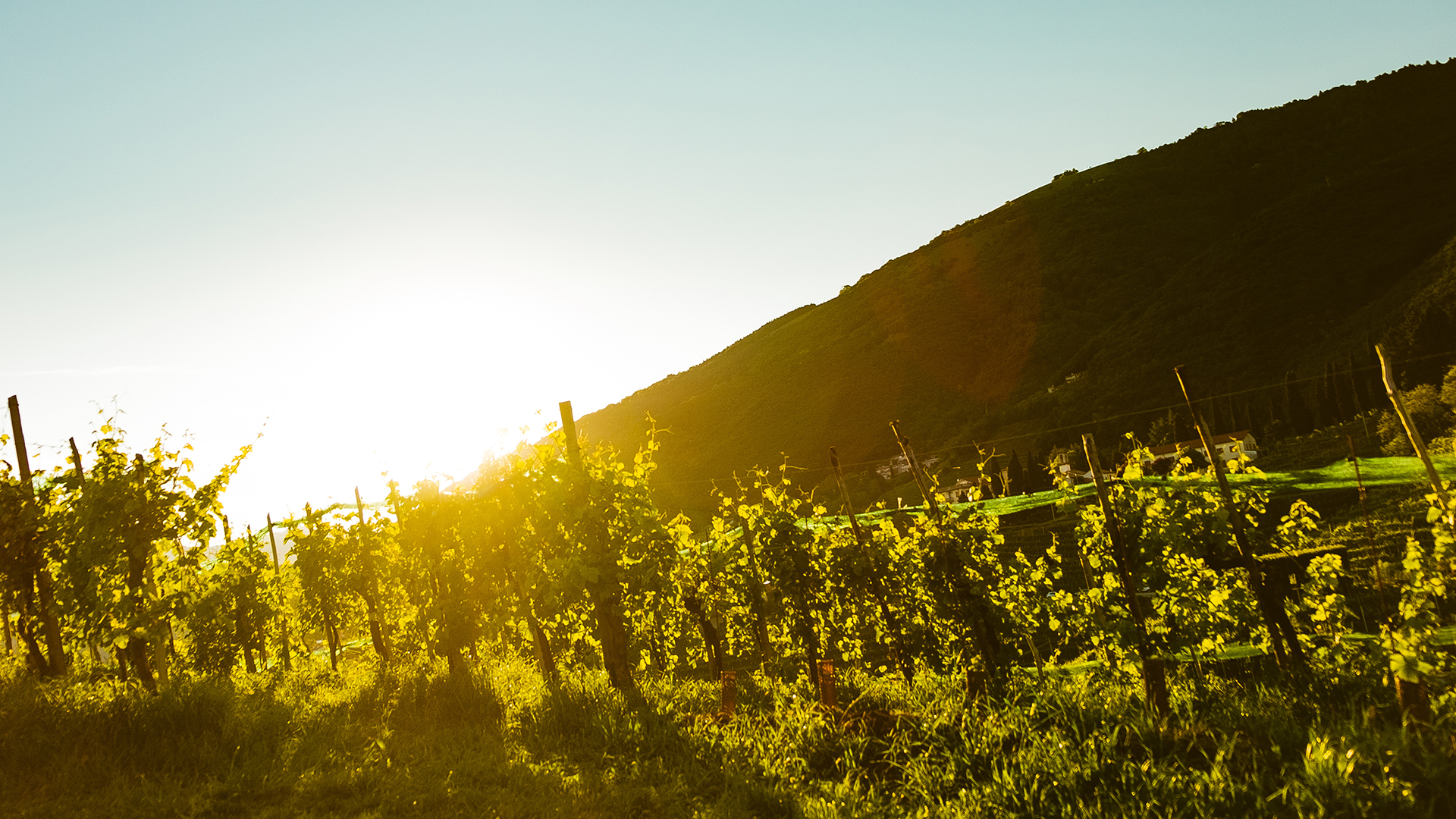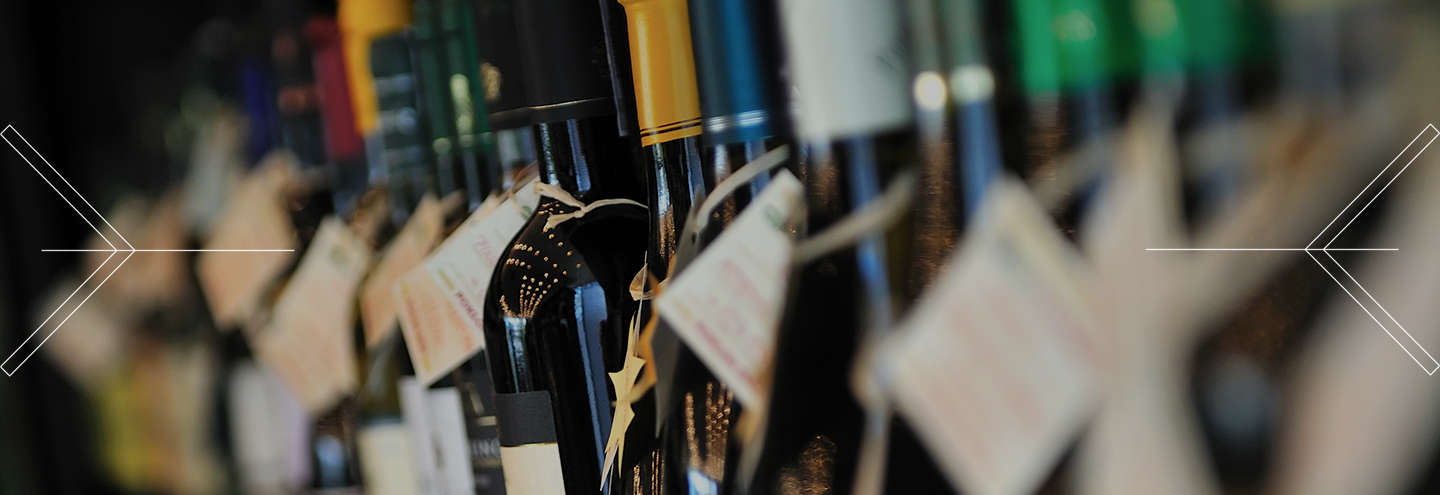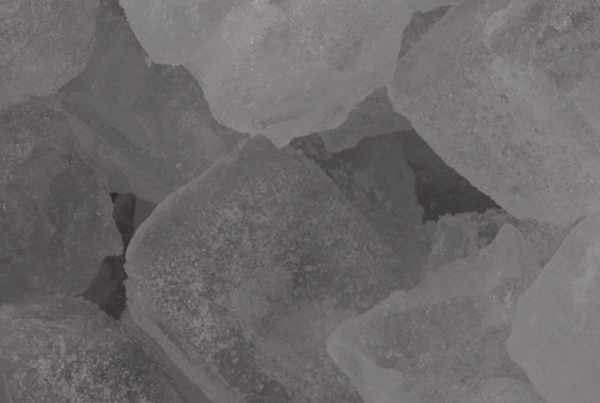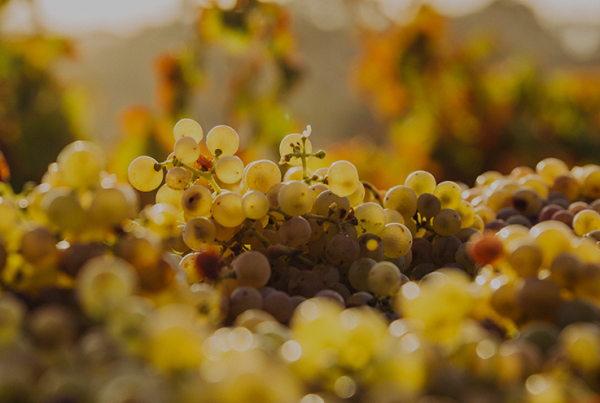There is a rule that every producer knows that the price of a wine is primarily determined by the market. Or rather how much the consumer is willing to pay for that bottle.
The price of a wine, as well as of any high goods, is determined by the costs necessary to produce and distribute it. In addition, of course, to the compensation that the producer and all those who work with him must receive for their commitment.
For convenience, we divide the production costs into two parts: costs for the raw material, and costs for its transformation.
How much grapes influence the price of a wine?
- The cost of the vineyards. Not everyone considers the cost of the vineyard as part of the raw material costs. Yet it is exactly like that. A vineyard in a prestigious area will cost much more than a plot in a lesser known area.
- The location of the vineyard. In terms of working hours, it is much cheaper to work a vineyard on the plains than a hill. And if the company has several plots concentrated around the cellar, it will be easier and cheaper to work on them. They seem particular but at the end of the year, when the sums are drawn on what has been invested, the difference of note.
- Labor cost. Especially if you try to use only skilled labor. After all, the harvest is a fundamental moment and making something wrong at this stage can cost the producer a lot.
- Economy of scale. Fixed costs weigh more and more on a small company. The economy of scale allows larger companies to save.
- Selection in the vineyard before and during the harvest. To obtain quality wines, it is necessary to make sure that each plant produces little grapes. To obtain this result, several bunches are removed from the plants at the beginning of the ripening. During the harvest, only the perfect ones are brought to the cellar. It is a sacrifice. But it is essential for those who want to make a difference.
- The surrender. Closely related to the previous point is the yield per hectare. The less grapes are produced, the better its quality will be. And from a perfect grape you always get a better wine.
- Market availability and requests. If the market pulls a lot for a certain type of grape, such as Moscato, Glera or Pinot Nero, and if there is little of this variety, its price will necessarily tend to rise. Obviously there is the opposite phenomenon for those vines of which there is little demand also in relation to the quantities produced.

How does winemaking affect the price of a wine?
Machinery in the cellar. Cellars that want to produce quality wine must equip themselves with increasingly sophisticated machinery and equipment. Tools that allow you to closely follow each phase of winemaking by limiting the risks of making mistakes and improving the quality of the finished product. And all this has a considerable cost.
Barrels and barriques. Refinement of wine is a very delicate issue. The choice of using barrels or barriques affects the final result. But also on costs.
Aging period. Some specifications impose a certain number of months of aging in the cellar before being able to put a wine on the market. For example, Amarone or Barolo remain in the cellar for more than two years before guaranteeing an economic return to the producer.
Other costs that affect the price of a wine
The “dress”. Bottles, caps, labels and capsules. In addition to cartons and various packaging. These are all costs that weigh on the final result.
Transport. Ok we have the wine and we have bottled it. In the cellar, however, only part of it is sold. Everything else must be packed and transported. In Italy or abroad.
Next time you’ll buy a bottle of wine, remember this!









